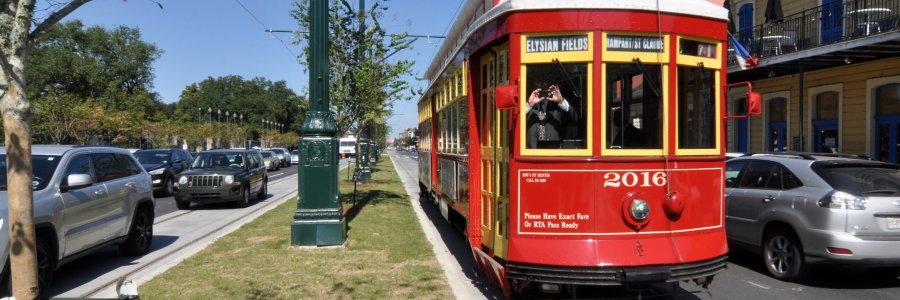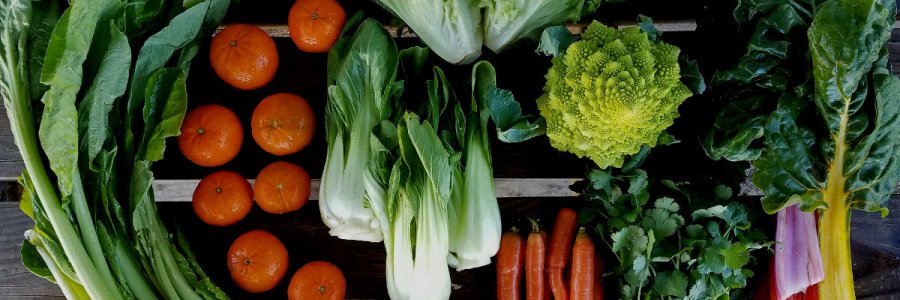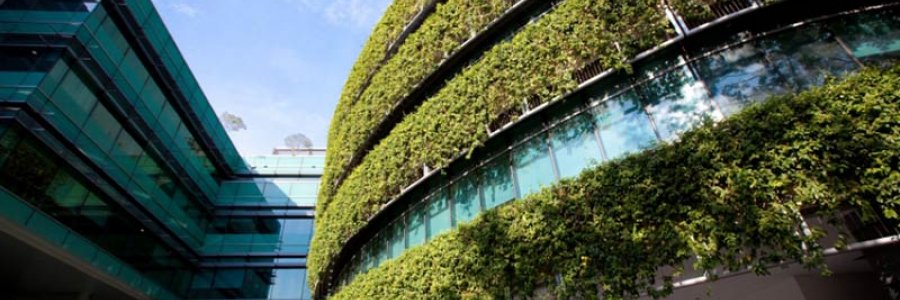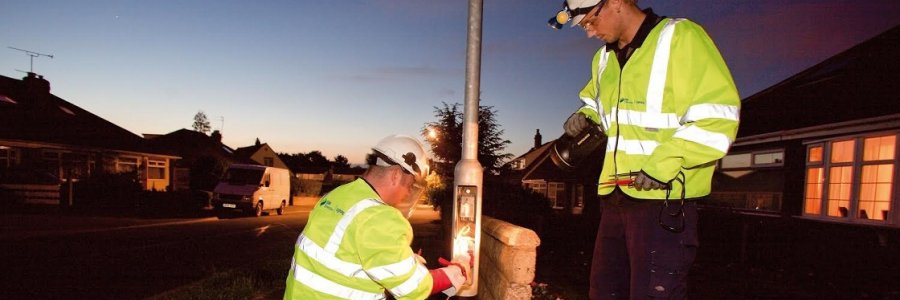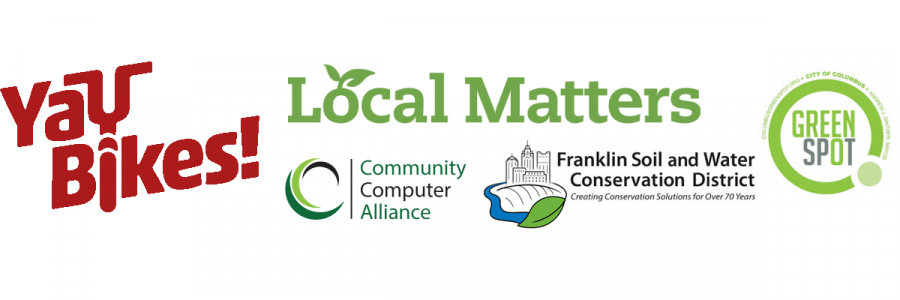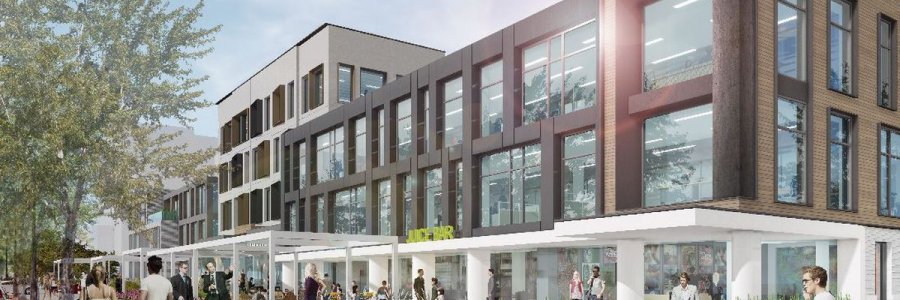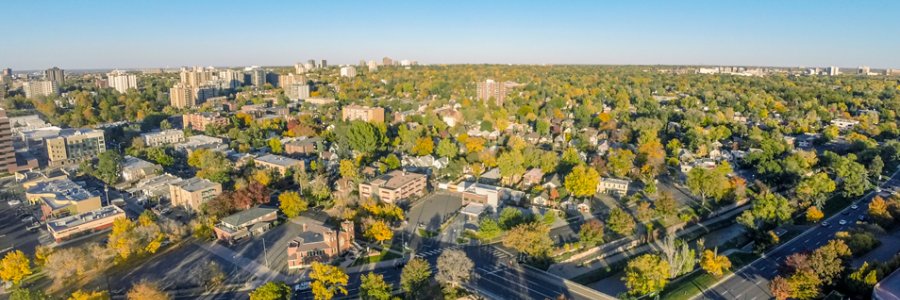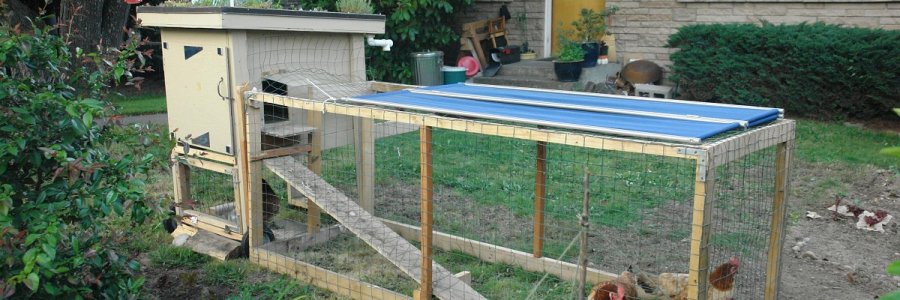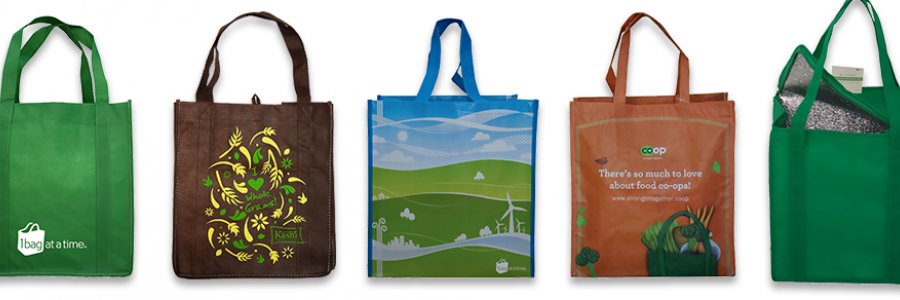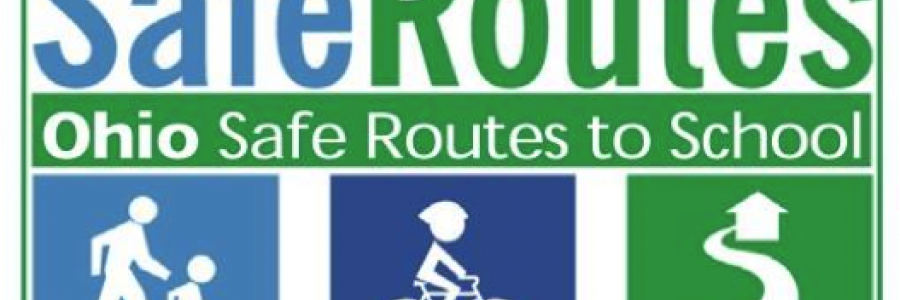Almost 2 Million Tons of waste was generated in Franklin County in 2016, with 44% recycled by residents. However, not all the waste deposited to the landfill is deemed waste. According to SWACO, there was a potential to recycle up to 26% more of the total waste generated. In other words, 70% of the landfill waste is recyclable (SWACO 2016).
Neighborhood food businesses can provide significant benefits for the local economy in the form of jobs, local retention of wealth, and amenities for local residents. However, budding businesses may face challenges such as lack of capital and technical knowledge. A neighborhood food business incubator can help businesses overcome these challenges and start off on the right foot, improving their chances of success and amplifying their positive impact in the community.
(Image credit: Seattle Parks)
Dark surfaces are absorbing and trapping heat on the surface of cities, raising temperatures. This forces residents and businesses to increase energy use on air conditioning, giving them higher electricity bills and exacerbating climate change by increasing emissions. White and cool roofs can be a solution to help reduce surface temperatures and electricity bills by reflecting solar energy back into the atmosphere, reducing energy costs, and increasing air quality and livability for citizens.
(Image Credit: Google Maps)
Since 1965, bikeshare systems have become popular in many cities around the world as a means of reducing congestion, reducing air pollution, increasing air quality, and offering a healthy, active mobility option for local users. In the scope of transportation projects, bikeshare systems are relatively easy to create and expand due to their low cost and simple installation. With the potential to increase foot traffic for commercial activity while reducing vehicular congestion, this sustainable transportation option is a triple-win if implemented properly.
Provide a viable, and affordable, transportation option to help de-congest Broad Street, and spur more economic development for the City of Whitehall.
Consumers and employees alike are starting to demand that the companies they support share their values. By participating in voluntary certification programs, businesses can demonstrate that they value sustainability and attract the talent and patronage of like-minded people.
Of the more than 53,000 acres of cropland in Franklin County, only 162 acres (less than 1%) are used to produce vegetables. Most of the remainder is used to produce corn and soybeans. This means that our vegetables mostly come from somewhere else, often from remote states or other countries. Community Supported Agriculture (CSA) is a means of promoting local small farms that produce diverse crops. In exchange for payment commitments that help farmers handle early expenses and mitigate risks, CSA customers periodically get boxes full of produce delivered directly from the farm to a convenient neighborhood pick-up site, or even to their homes. In addition to improving the resilience of the local food system through crop diversification, CSAs tend to provide fresher food with lower energy requirements and lesser ecological impact.
The Farm to School initiative proposes to address food system sustainability problems at their roots through a three-pronged approach of education for school-age children, experiential learning in the form of school gardens, and local food procurement policies for schools. These actions directly promote student health and provide students with a foundation to make healthy and sustainable food choices, as well as fostering economic growth and sustainability in the form of a robust local food economy.
(Image credit: Franklin County Public Health)
Creating a guide for homeowners and developers on how they can benefit from sustainable construction methods is the first step in increasing awareness of the city's dedication to sustainable development. It will help buildings in the city become more efficient, increase long-term savings for building owners, and reduce adverse environmental impacts on water and air quality, among other aspects.
Upgrading the vehicles for the city government to be more efficient and use forms of energy that generate less pollution would have a wide range of benefits for the city, both financially and socially. This can be achieved by creating a plan that phases out older vehicles and conducts cost-benefit analyses for technologies and newer vehicles.
(Image Credit: Flickr)
Unfortunately, most of Whitehall's pre-twentieth century architecture has been largely demolished over the past fifty years. However, there are some examples of mid-century architecture in pristine conditions, including ranch homes, neon signs, and the City Hall that was constructed in the 1960s and has been well-maintained since. These are features that should be preserved and celebrated as a part of Whitehall's culture.
(Image Source: Nick Badman)
Municipalities all over the country have been saving thousands, even millions, of dollars on energy costs just by upgrading their light sources to LEDs. Upgrading street lights and interior lighting in municipal facilities saves the City of Whitehall energy costs in the long run while also setting an example as a leader in local sustainability. Changing street and parking lot lights can also reduce light pollution with the addition of new canopy requirements.
(Image Source: Dorset Street Lighting Services)
Central Ohio communities are fortunate to have access to a host of community organizations and initiatives whose missions are focused on sustainability. All too often, however, opportunities for improvement are missed because the community is not aware of these resources or does not know how to best utilize them. By raising awareness and building relationships with community organizations before they are needed, a community can seize opportunities as they arise.
Mixed use development is starting to make its way into Whitehall, but allowing taller, denser structures that can provide a mix of uses is environmentally friendly and economically attractive. By reducing the amount of land that is used for development, the natural environment is less disturbed, buildings can use energy more efficiently, and tax bases can increase with the addition of office and property tax for the extra floors created in a mixed use development.
(Image Source: Curbed Atlanta)
If you've ever grabbed your lunch on the run or asked your server to box up your leftover food at the end of a meal at a restaurant, you probably ended up with a food container that you didn't know what to do with. Perhaps you were able to recycle it, or maybe you were forced to throw it away. Wouldn't it be nice if you could simply drop it in a bin on your way home and know that it could be reused many more times?
(Image credit: GoBox)
Increasing the availability of electric vehicle charging stations for public use removes a barrier to businesses and citizens switching from fossil fuel vehicles. With more zero emission vehicles on the road, air quality could be improved by reducing ground level-ozone that contribute to public health problems, and carbon emissions that contribute to climate change.
The City of Whitehall’s zoning code includes a section dedicated to landscaping, much like most cities. Chapter 1130 details street tree requirements, landscape materials, landscape permits, and more. In this chapter of the zoning code, there is opportunity to improve sustainability. This page explores some of the amendments that can be made to this chapter in order to create more sustainable landscaping in Whitehall.
Urban agriculture is increasing in popularity at a variety of scales, ranging from backyard beehives to community gardens to whole-parcel greenhouse operations and even larger farms. Among other benefits, urban farms employ local workers, keep money in the local economy, and increase local food security. They may also present an opportunity to reactivate abandoned and vacant land and generate additional tax revenue for the city.
Approximately 11,380 tons of litter are deposited annually on Ohio's county, state, interstate, and U.S. routs, and 392 tons of litter are deposited annually on Ohio's interchanges, according to Ohio Department of Natural Resources Statewide Litter Study (Final Report).
Safe Routes to School is a federal and state funded program to develop infrastructure and non-infrastructure improvements to promote students to walk and bike to and from school. By creating a Safe Routes to School Committee with specified groups represented alongside a School Travel Plan created within the past 5 years, communities can become eligible for funding from the Ohio Department of Transportation.
(Image Source: Talawanda School District)
Stormwater can be a problem for cities that leads to flooding and pollution. Permeable pavement, vegetated land cover, and green roofs a few innovative solutions to lower the risk associated with stormwater by allowing natural geologic systems to absorb the water rather than channel it into storm drains. This section offers a few solutions that can lessen the input for public drainage systems to avoid reaching capacity and overload sanitary sewer systems.




